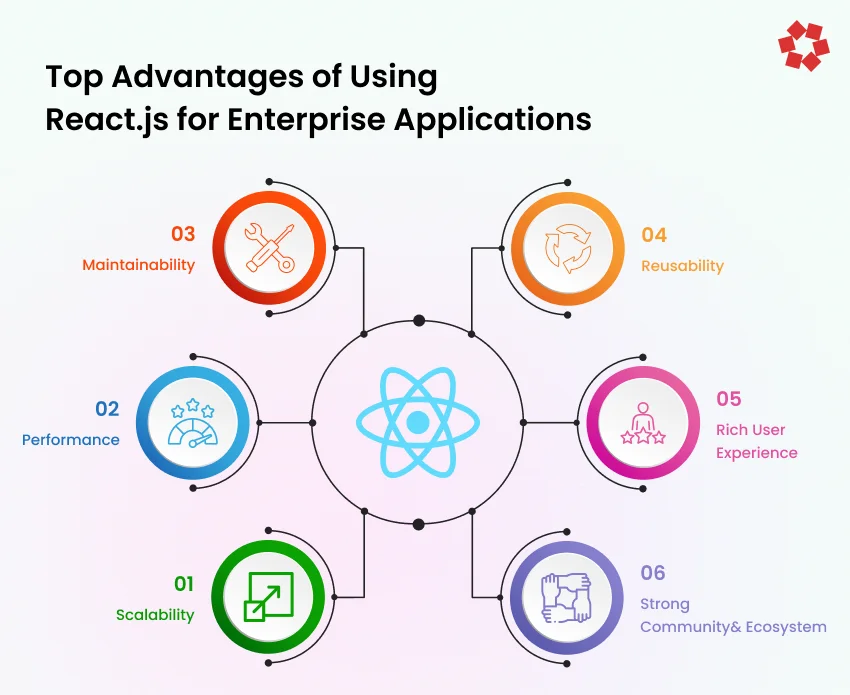Introduction: Navigating the Evolving IT Landscape with the Right Tech Stack
In the ever-evolving IT landscape, the decisions companies make about their technology stack are not just about writing code; they are about future-proofing business operations, ensuring agility, and staying ahead in a competitive marketplace. A crucial factor in the race to digital supremacy is web app development, which has seen significant transformation over the past decade. With an array of technologies and frameworks at their disposal, enterprises must be judicious in selecting tools that will serve both their immediate needs and long-term growth.
Enter React.js – a game-changer in the realm of web app development. React.js development services have emerged as a preferred choice for both budding startups and mammoth enterprises, a testament to its adaptability and prowess. But what is it about React.js that resonates with the tech zeitgeist of today’s enterprise software development landscape?
React.js, at its core, is a JavaScript library. Yet, labeling it merely as such would be an understatement. Developed and maintained by the tech behemoth, Facebook, React.js simplifies the creation of interactive user interfaces. In a world where user experience (UX) can make or break a business, the importance of a tool that streamlines and enhances reactjs web application development cannot be overstated.
The rise in the adoption of React.js isn’t just a fleeting trend; it’s an acknowledgment of the library’s inherent strengths. As we delve deeper into this discourse, we’ll unravel the reasons behind React.js’s unparalleled ascendancy in today’s digital era, particularly for businesses aiming to scale without hiccups.









